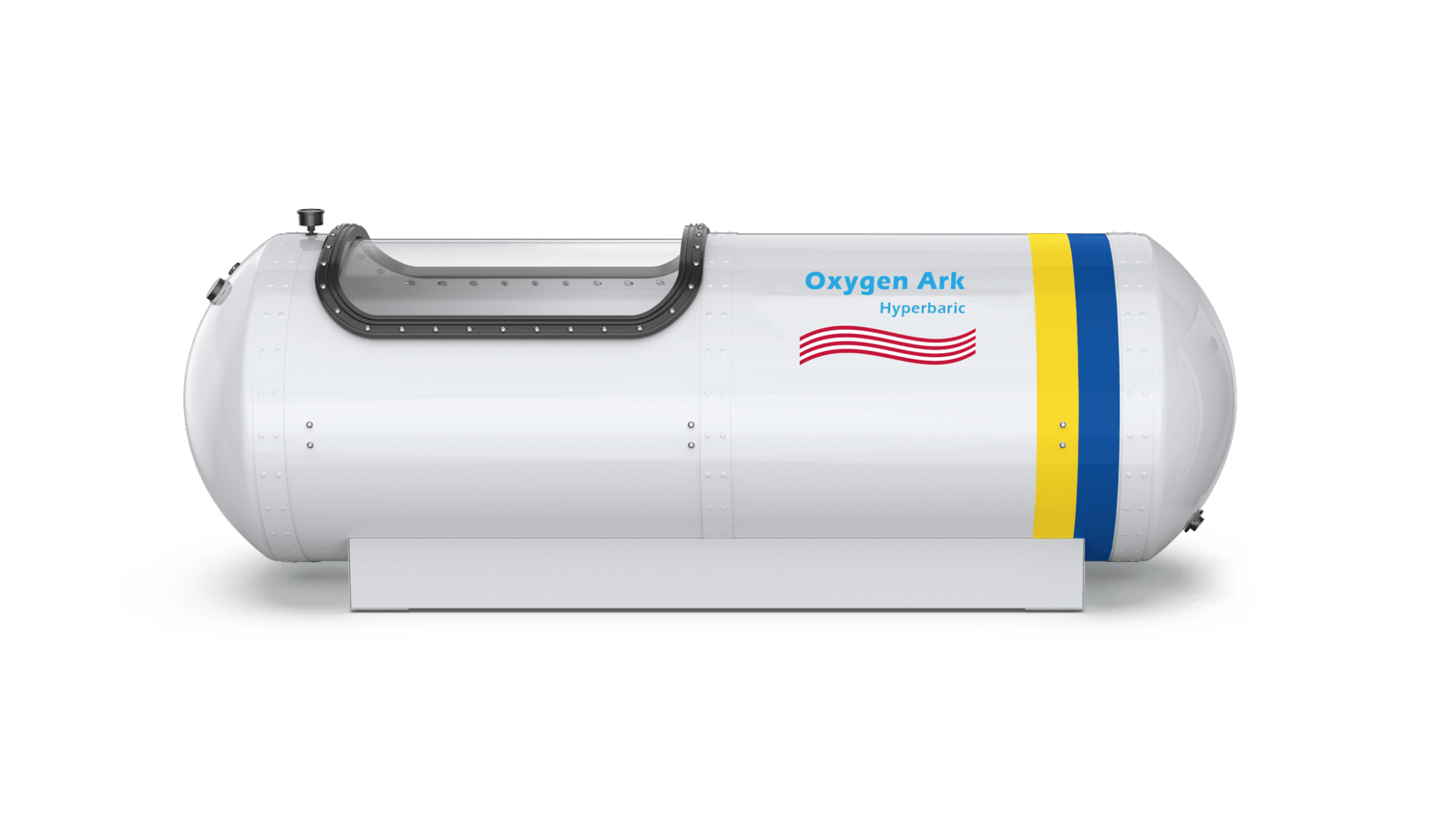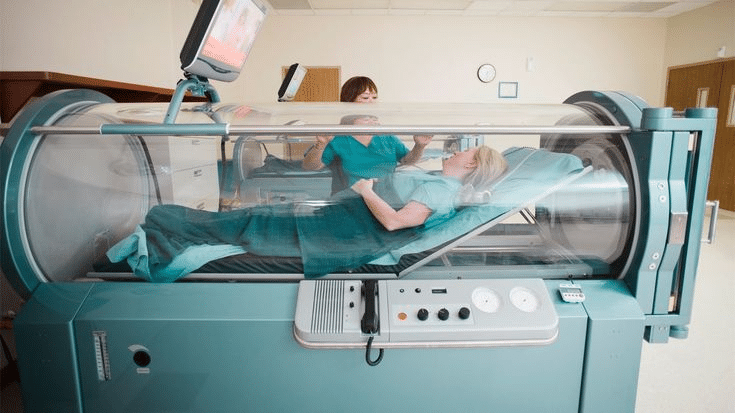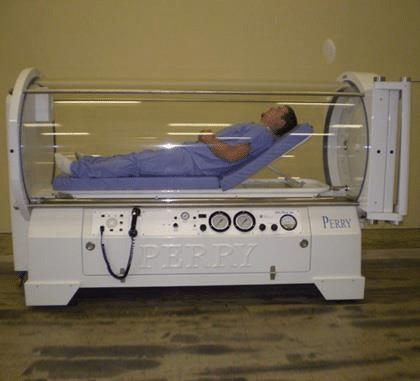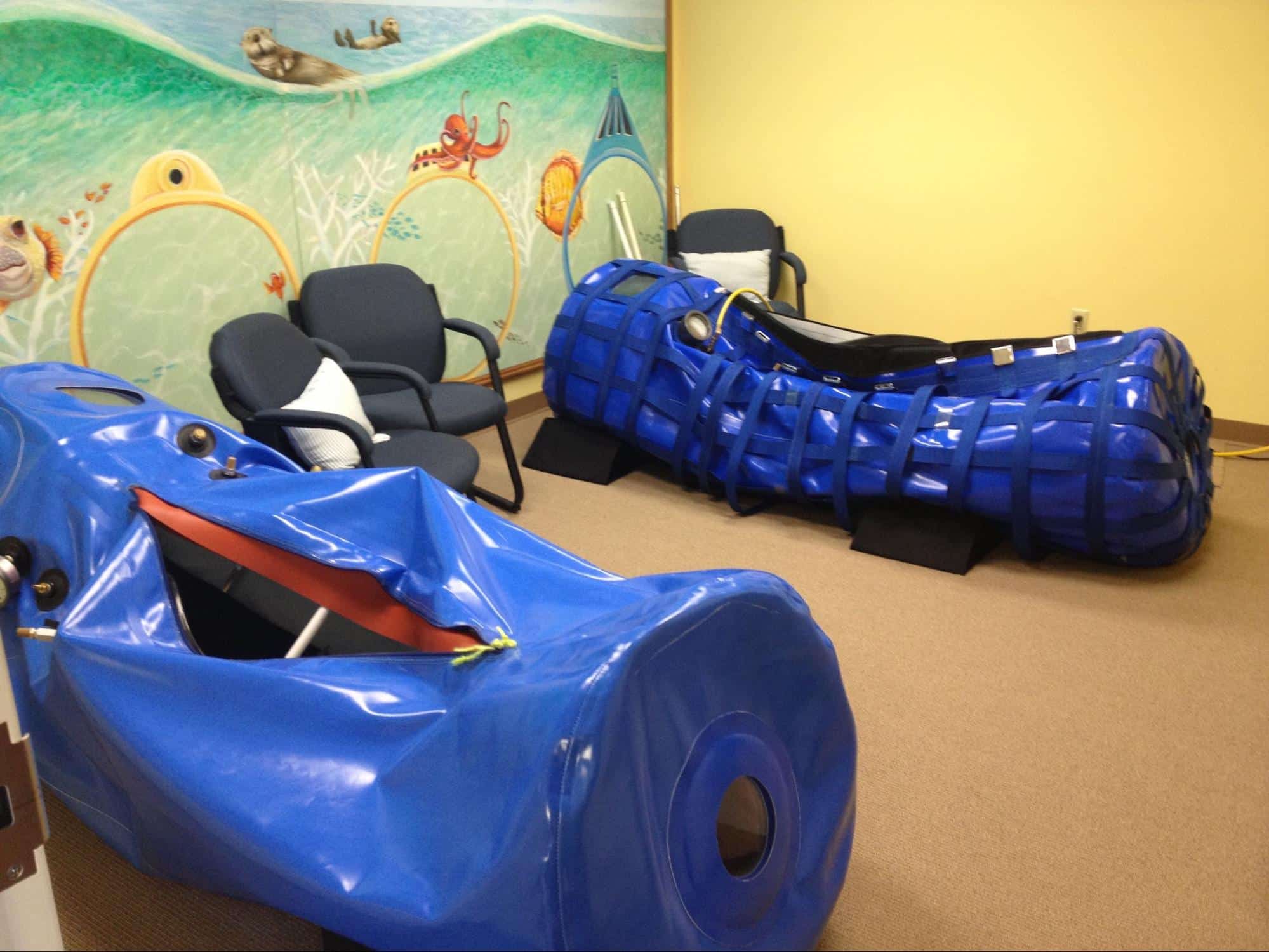What is Hyperbaric Oxygen Therapy?
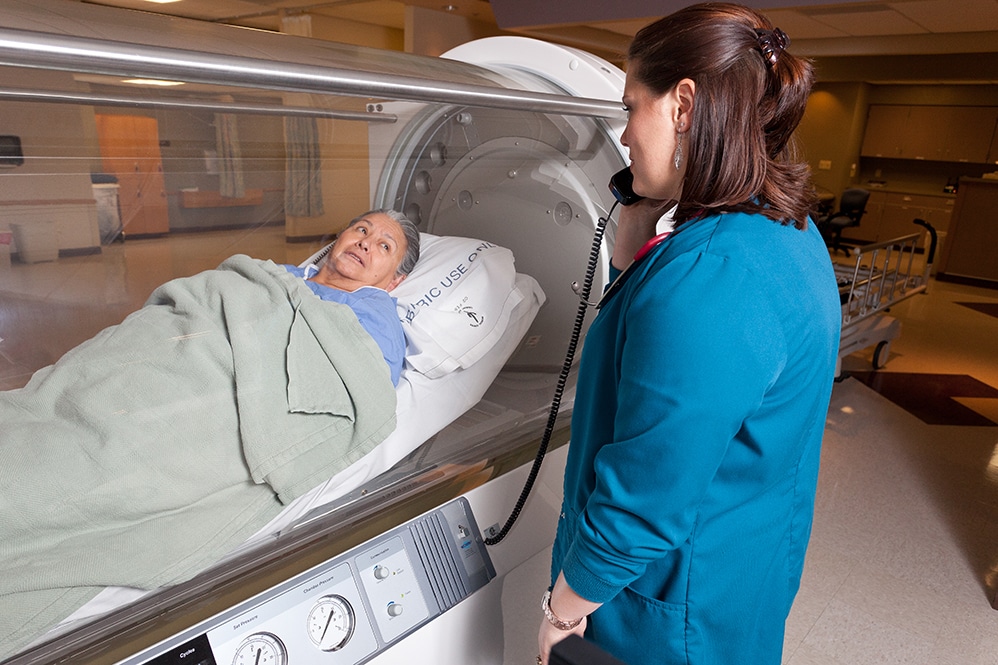
Source: tmcaz.com
It basically is a sort of medical treatment that majors on someone taking in pure oxygen in a chamber that has been pressurized.
How HBOT works to increase oxygen levels in the body.
Curiosity is sparked on how this kind of therapy actually increases oxygen levels in the body. The text that follows gives details on this matter.
Oxygen dissolves in the blood component called plasma and is taken to the body’s tissues. Normally, oxygen is carried mostly by red blood cells, but HBOT increases the quantity of oxygen that may dissolve directly in the plasma, independent of haemoglobin.
What are the most prevalent conditions treated with this type of therapy? Should the need arise, the text below provides comprehensive answers to the query.
Common medical conditions treated with HBOT
What are some of the medical conditions that are treated with HBOT? Below is a list of medical conditions treated with HBOT.
Carbon monoxide poisoning: The therapy facilitates the quick elimination of carbon monoxide from the bloodstream and the gaining back the normal oxygen levels in the body.

Source: rdsenvironmental.com
Non-healing wounds: The enhanced oxygen levels provided by HBOT promote wound healing by improving tissue repair and combating infection.
Radiation injury: HBOT can be effective for patients who have had radiation therapy for cancer and have developed tissue damage as a result.
After one has undergone hyperbaric oxygen therapy the questions that pops up next are there immediate effects of the hyperbaric oxygen therapy?
Immediate Effects of Hyperbaric Oxygen Therapy
Short-term physiological changes during and immediately after a session
Having increased oxygen levels in the blood: When breathing pure oxygen at increased pressure, a substantially greater amount of oxygen dissolves in the blood plasma, reaching tissues and organs that may have limited blood flow. As air pressure rises, the size of gas bubbles in tissues and blood vessels diminishes hence increasing the air pressure.
Improved oxygenation and increased blood flow
Here, we will take a look at how HBOT boosts oxygenation and blood flow.
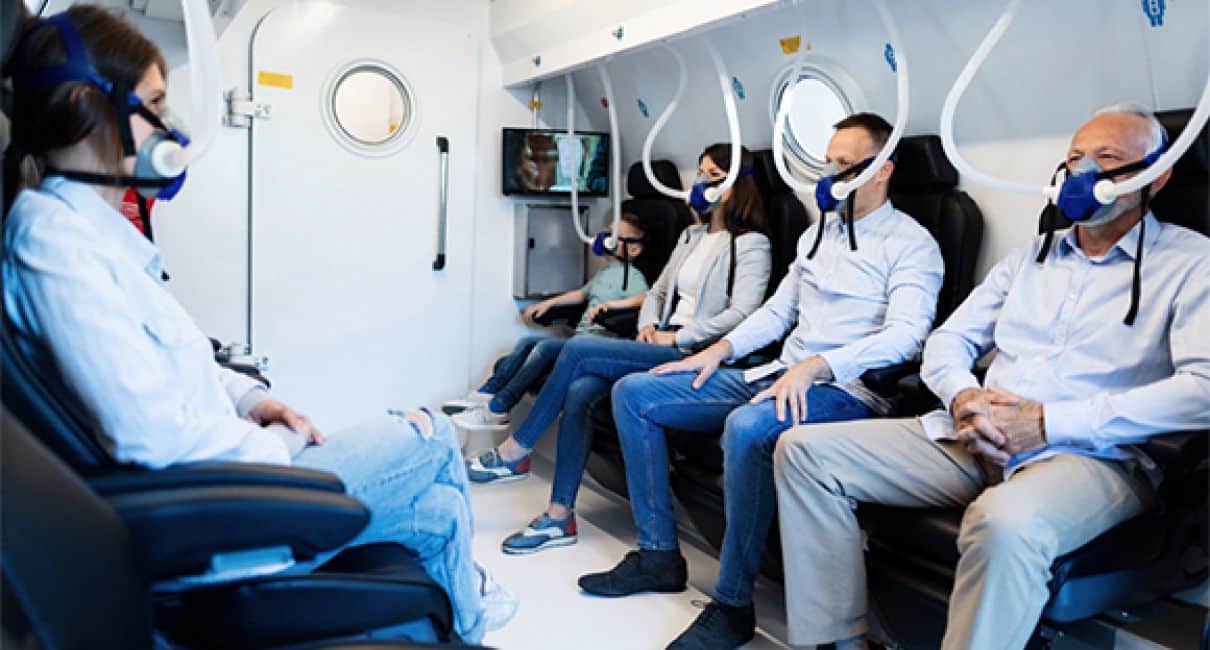
Source: english.tau.ac.il
Taking in pure air under pressure allows for more oxygen to enter the bloodstream, hence boosting oxygenation.Enhanced blood flow is achieved as a result of the hyperbaric oxygen therapy which relaxes and contracts the blood vessels.
Reduction of inflammation and enhanced healing
Hyperbaric oxygen therapy has anti-inflammatory qualities and speeds up healing. HBOT decreases inflammation by controlling the release of pro-inflammatory cytokines and decreasing oxidative stress. HBOT improves tissue regeneration by increasing oxygen delivery.
Long-term Effects of Hyperbaric Oxygen Therapy
Evidence-based studies on the duration of HBOT effects
Is there evidence-based research on the duration effects of HBOT?
According to the study published in 2012 by the International Journal of Radiation Oncology, Biology and physics stated that HBOT caused long-term improvements in tissue damage, wound healing, and quality of life for patients with late radiation injuries.
Condition-specific considerations for long-term benefits
Here are some condition-specific considerations:
Stroke: According to some research, HBOT may improve cerebral function and stimulate neuroplasticity, which may have long-term benefits for stroke survivors.
Carbon Monoxide Poisoning: HBOT reduces the detrimental effects of carbon monoxide by increasing carbon monoxide elimination from the body and increasing oxygen delivery to injured tissues.
Diabetic Foot Ulcers: HBOT has shown a significant improvement in wound healing and has lowered the risk of amputation in diabetic foot ulcer patients.
Maintenance sessions and their impact on long-term results:
Are there multiple maintenance sessions that must be completed? If so, what are the consequences? Such inquiries pique one’s interest.
Chronic illnesses: For chronic illnesses such as diabetic foot ulcers or delayed radiation injuries, maintenance sessions may be required to avoid relapse or promote continued recovery.
Individual Response: Some people may require more regular maintenance sessions to stay on track.
Factors Influencing the Duration of Hyperbaric Oxygen Therapy (HBOT) Effects
Severity and Nature of the Medical Condition
Certain conditions may require ongoing or regular HBOT sessions to maintain the desired therapeutic effects.
Compliance with Treatment Protocols and Frequency of Sessions
Consistent adherence to the recommended treatment schedule, which includes the number of sessions and the duration of each session, is crucial for optimal outcomes.

Source:nexgenhyperbaric.com
Individual Variations and Underlying Health Conditions
Individual differences in patients, such as their overall health, underlying medical disorders, and physiological reaction to HBOT, can determine how long it lasts. Patients with deteriorated health may need more or more frequent HBOT sessions to maintain the therapeutic effects.
Case Studies and Research Findings
Summarize notable research studies on the lasting effects of HBOT
A study in the journal, PLOS ONE 2012 showed great improvements in the body functioning and quality of life.
There is another study published in the journal Neurology in 2020 that found out, HBOT when combined with normal rehabilitation, it improved motor function, increased brain activity, and reduced disability in stroke survivors.
Real-Life Examples of Patients Benefiting from Long-Term Results of HBOT
One might wonder, are there patients who actually benefited from the HBOT? The text that follows explains this.
Sarah, a 35-year-old lady, was in a car accident and sustained a severe traumatic brain injury. Sarah’s cognitive function and memory improved significantly after receiving a series of HBOT sessions. Even a year after finishing therapy, she was still making progress in her rehabilitation, allowing her to restore her freedom and resume daily activities.
Mark, a stroke survivor of 55 years, got HBOT in conjunction with rehabilitative therapy. He saw significant gains in his mobility and coordination over time. Mark was able to walk independently and participate in activities that he had previously difficulty with thanks to the long-term effects of HBOT, considerably improving his overall quality of life.
Expert Opinions and Professional Recommendations
Insights from medical professionals and hyperbaric specialists
There is a felt need of actually getting to know insights from medical professions, here are some of their insights;
There are recognized medical societies such as the Undersea and Hyperbaric Medical Society (UHMS) that provide standards and recommendations for hyperbaric oxygen therapy (HBOT). Their suggestions are based on an extensive review of existing scientific data and professional consensus.
The American College of Hyperbaric Medicine (ACHM). They provide expert guidance and recommendations for the therapeutic use of HBOT.
Guidelines for optimizing long-term benefits of HBOT
Following an HBOT treatment, one may believe that is the end of the process, however this is not the case because several rules must be followed.
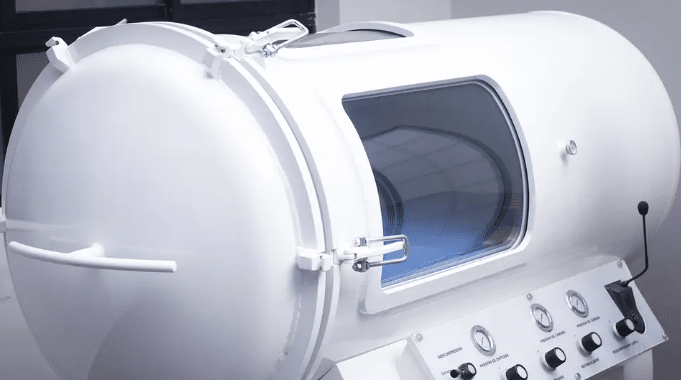
Source: medpagetoday.com
These include protocols tailored to various conditions. These protocols may specify the number of treatment sessions, the duration of each session, and the pressure applied during therapy.
HBOT is most effective when used as part of a complete treatment plan that includes coordination among several healthcare experts.
Importance of ongoing medical supervision and follow-up care
Is there a need for ongoing medical benefits and follow-up care? One might wonder.
Below are some of the reasons for ongoing medical supervision and follow up care.
- Monitoring for progress.
- Evaluation of side effects
- Adjustment of treatment parameters
Patient Experiences and Testimonials
Personal Stories of Individuals Who Have Undergone HBOT
John’s Experience:
John had been struggling with a wound that was not healing on his foot for several months. He experienced a significant improvement in the healing process after some several hyperbaric oxygen therapy sessions. The wound healed fully, and he regained his mobility, considerably improving his quality of life.
Sarah’s Testimonial:
Sarah, a professional athlete, experienced a catastrophic sports accident that resulted in tissue damage. She chose hyperbaric oxygen therapy as part of her rehabilitation. Sarah noted that the therapy aided in her recuperation by reducing pain and inflammation. She was able to return to her sport sooner than predicted.
Anecdotal Evidence of Long-Lasting Positive Outcomes
According to David’s experience, he got to experience tremendous improvements in his cognitive function, memory, and overall mental clarity after undergoing hyperbaric oxygen therapy after suffering from the symptoms of a traumatic brain injury for several years.
Another patient was Emily who after the treatment, she saw a rise in her energy levels, improved sleep quality, and an overall sense of well-being, as she had suffered from chronic weariness and low energy levels for quite some time.
Conclusion
By increasing oxygen levels and facilitating healing, hyperbaric oxygen therapy has the potential to significantly improve different medical conditions. Evidence suggests that persistent improvements in certain illnesses are possible, especially with regular maintenance sessions and tailored care. Individuals considering HBOT should seek medical advice. Further research in the sector will help us comprehend the therapy’s long-term impacts and applicability in improving patient outcomes.

